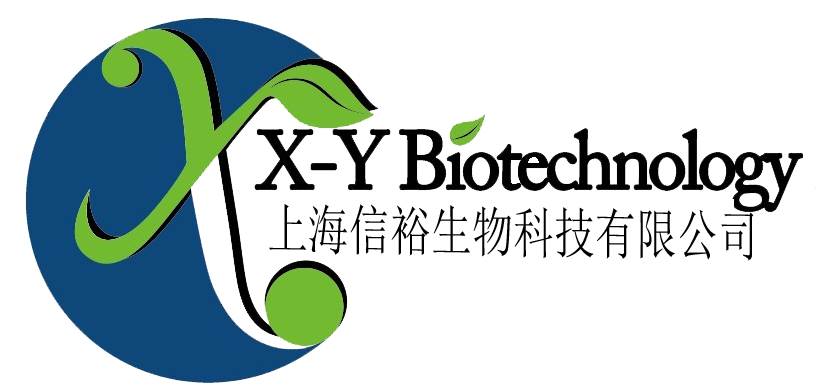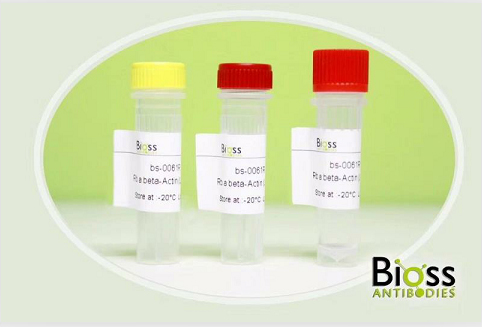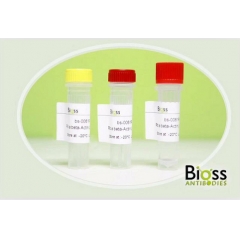Anti-beta-Amyloid(1-42) antibody
| 英文名称 | beta-Amyloid(1-42) |
| 中文名称 | β淀粉样肽(1-42)单克隆抗体 |
| 别 名 | beta-Amyloid(1-42); A4; AAA; ABETA; ABPP; AD1; Alzheimers Disease Amyloid Protein; Amyloid B; Amyloid Beta A4 Protein Precursor; Amyloid Beta; Amyloid of Aging and Alzheimer Disease; APP; APPI; B Amyloid; Beta APP; Cerebral Vascular Amyloid Peptide; CTFgamma; CVAP; PN II; PN2; PreA4; Protease nexin II; A beta; Amyloid 1-42. |
DATASHEET
Host:Mouse
Target Protein:beta-Amyloid(1-42)
IR:Immunogen Range:672-713/770 or 1-42/42
Clonality:Monoclonal
Isotype:IgG
Entrez Gene:351
Swiss Prot:P05067
Source:KLH conjugated synthetic peptide derived from human beta-Amyloid(1-42):672-713/770 or 1-42/42
Purification:affinity purified by Protein A
Storage:0.01M TBS(pH7.4) with 1% BSA, 0.03% Proclin300 and 50% Glycerol. Shipped at 4℃. Store at -20 °C for one year. Avoid repeated freeze/thaw cycles.
Background:The cerebral and vascular plaques associated with Alzheimer's disease are mainly composed of Amyloid beta peptides. beta Amyloid is derived from cleavage of the Amyloid precursor protein and varies in length from 39 to 43 amino acids. beta Amyloid [1-40], beta Amyloid [1-42], and beta Amyloid [1-43] peptides result from cleavage of Amyloid precursor protein after residues 40, 42, and 43, respectively. The cleavage takes place by gamma-secretase during the last Amyloid precursor protein processing step. beta Amyloid [1-40], beta Amyloid [1-42], and beta Amyloid [1-43] peptides are major constituents of the plaques and tangles that occur in Alzheimer's disease. beta Amyloid antibodies and peptides have been developed as tools for elucidating the biology of Alzheimer's disease.
Size:100ug
Concentration:1mg/ml
Applications:ELISA(1:5000-10000)
Cross Reactive Species:Human
Mouse
Rat
.
For research use only. Not intended for diagnostic or therapeutic use.
 在线客服1号
在线客服1号










